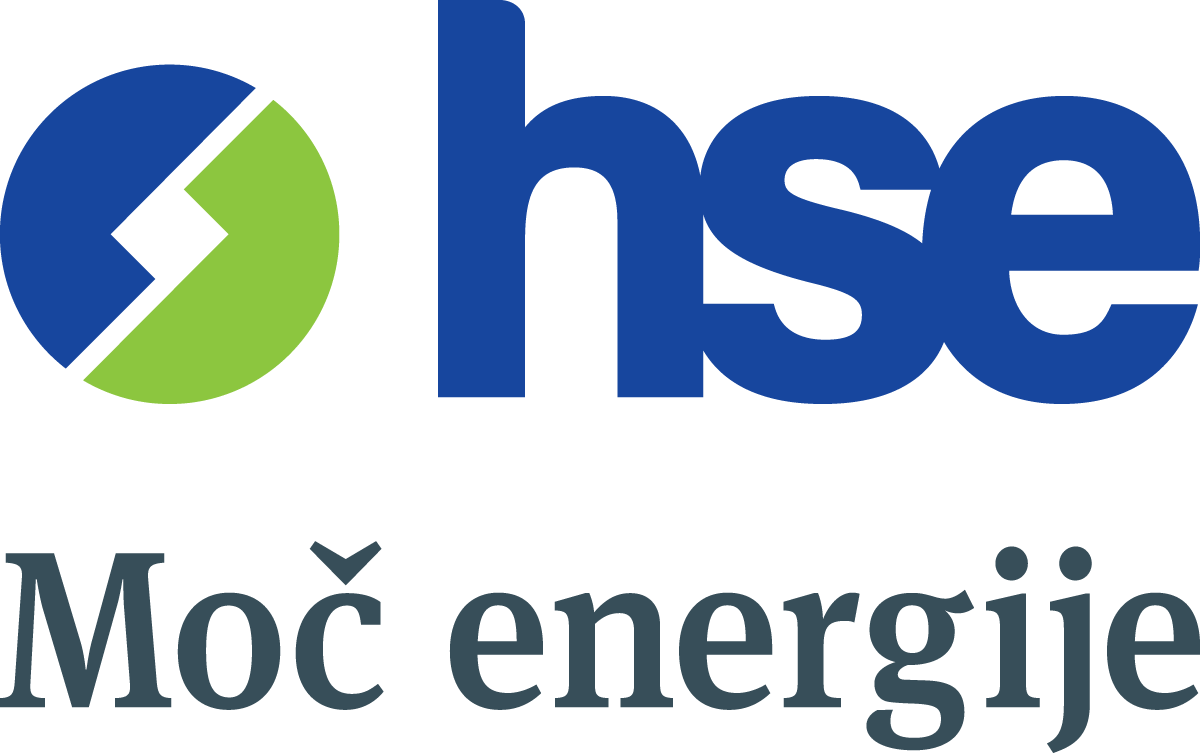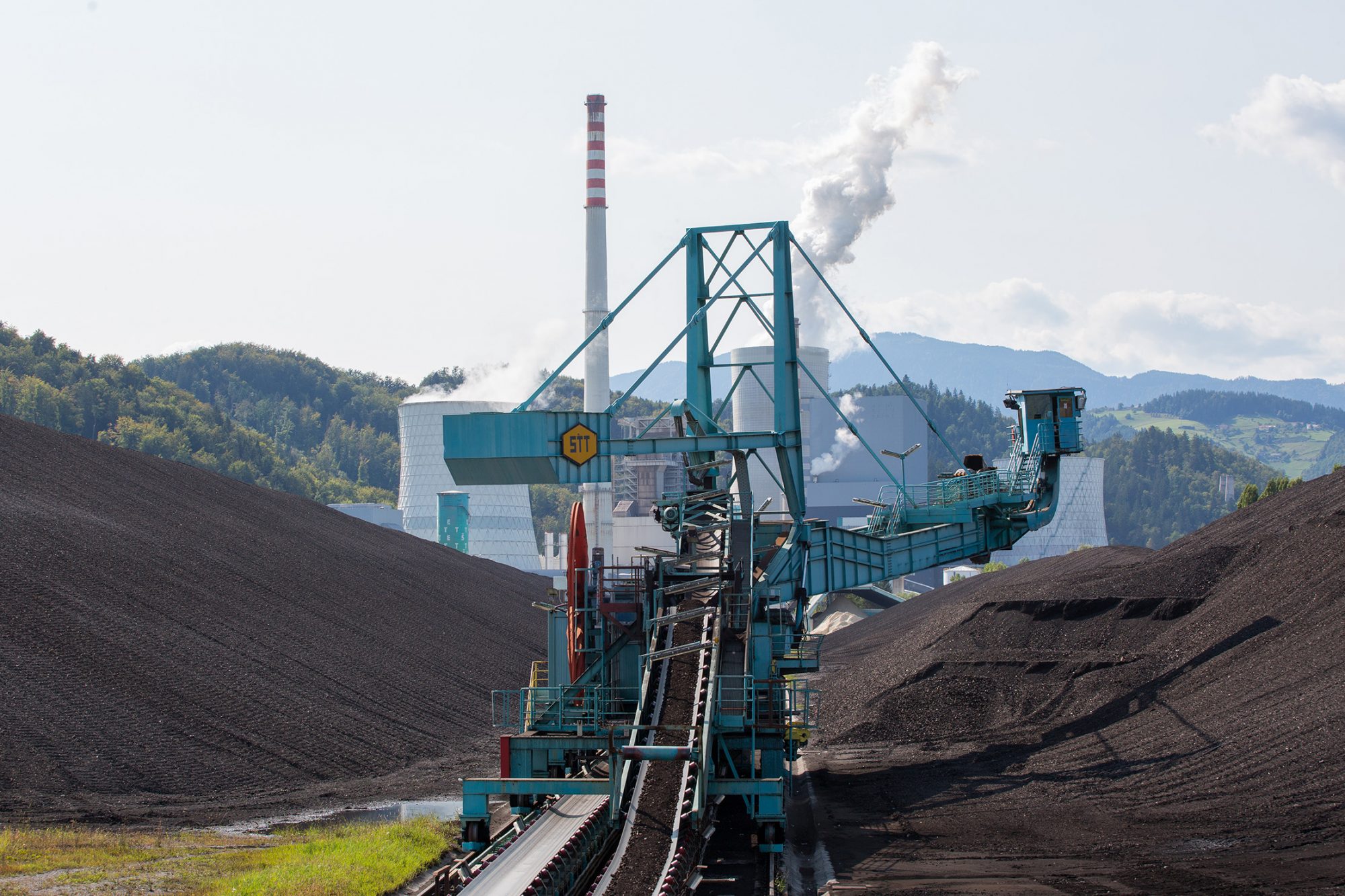The fundamental mission of the HSE Group is to ensure the safe and reliable production of electricity, which is why the Velenje Coal Mine, the Šoštanj Thermal Power Plant (TEŠ) and Holding Slovenske Elektrarne (HSE) have started looking into the possibility of increasing the available quantity of coal. The changed situation on the energy markets, characterised by low production from renewable energy sources mainly due to extremely low water levels and the very high and volatile sale price of electricity resulting from problems with gas imports requires Slovenian electricity producers to examine the possibility of increasing strategic stocks of primary energy sources. Our common goal is to find a solution that will reduce the economic, market and energy uncertainties that affect the operation of the Slovenian electricity system.
The Šoštanj Thermal Power Plant is the largest producer of electricity from a conventional source in Slovenia, and Unit 6 is designed in such a way that it is possible to add other types of coal to the lignite from Velenje. The TEŠ submitted the first application to amend the environmental permit to be allowed to add other coals in 2014, i.e. before the construction of Unit 6, and the second in 2018.
When it became clear this year that the energy crisis will most likely become aggravated to the point that it will demand large security stocks and large immediately available quantities of coal than can realistically be provided by the Velenje Coal Mine for the operation of thermal generators in the TEŠ, we again started examining the possibility of adding other types of coal to the Velenje lignite. Soon after that the Government of the Republic of Slovenia declared the first degree of risk in the field of electricity production. The proposed measure is for the energy sector to increase strategic fuel stocks, including petroleum products, gas and coal.
As the procedure of examining the possibility of adding other coals includes preliminary tests of various sample quantities, an application was recently submitted to the Ministry of the Environment and Spatial Planning for the environmental permit for Unit 6 to be amended, which is an integral part of the procedure of examining the technical and environmental suitability of individual types of coal. The possible final selection depends on several factors and requires careful consideration of the technical parameters that define the future operation of the TEŠ. In addition to the safe and reliable production of electricity, it is also important that the potential new energy sources that would be added to coal do not pose an excessive environmental burden. It will therefore be possible to assess the decision to import an individual type of coal for the purpose of adding it to the lignite from Velenje after the technical and environmental acceptability of the coal is confirmed based on the performed tests and verification of logistical and economic sustainability.
The fact is that the current and short-term needs of the TEŠ for the primary energy source exceed the extraction capability of the Velenje Coal Mine. The current extraction stocks amount to 102,170,000 tonnes, which is sufficient for the normal operation of the Velenje Coal Mine at least for another 20 to 30 years at the planned extraction rate. However, the annual quantity of extracted coal is a technical limitation, as it is estimated that, with the available equipment and the current number of employees working in the production process, it cannot significantly exceed 2.7 million tonnes of extracted lignite in such a short period (not even with the maximum number of overtime hours and additional hiring). Neither is it possible to open a new coalfield for extraction in such a short time. In the last ten years, the number of employees of the Velenje Coal Mine has decreased by 14%. Despite targeted activities to promote the mining profession and the offering of scholarships, interest in enrolling in mining schools and interest in scholarships from the Velenje Coal Mine has declined considerably. Eight students were enrolled last year, and only one this year. A total of 19 students are currently being educated for the profession of a miner and mining technician in all grades. Problems in ensuring the required production in the Velenje Coal Mine last year and at the beginning of this year were also caused by the increased absence of workers due to Covid-19, with the sick leave rate amounting to up to 22%, and the complex geo-mechanical conditions of the excavation work have only worsened after the latest stope collapse. The Velenje Coal Mine hired 78 new employees this year alone, while unfortunately also recording 65 departures in the same period. All this, in addition to the current energy situation, is the reason for the initial idea to import coal for adding to the lignite from Velenje.
The economics of adding other types of coal not only depend on the price of coal, but above all on the relationship to the selling price of electricity that is produced from this primary energy source. Considering the indicative prices of coal, transport and market prices of electricity, this is much more favourable than in previous years, i.e. the previous decade, and justifies the economic feasibility of examining such a possible decision. The Šoštanj Thermal Power Plant is not only an important producer of electricity in Slovenia, as it produces a third of all electricity, but is also important for the stability of the national electricity system.
The final draft calculations of the prices of potentially imported coal have not yet been prepared and they depend on several factors (energy value of coal, structure, i.e. content of various substances in coal and by-products after the use in the TEŠ, transport options, suitability of mixing with the lignite from Velenje, prices, etc.). All the numbers that are seen by the public and their interpretations are thus mere speculations that have nothing to do with the realistic situation. As always, accurate and publicly relevant data will be transparently presented after the conclusion of potential commercial negotiations, as any prior comments and calculations would be commercially inadmissible.
We believe that it should also be noted that the environmental burden on the Šalek Valley is significantly lower than was forecast when the latest NIP6 investment programme (the last revised investment project dossier for Unit 6 of the TEŠ) was adopted, which envisaged that in 2022 and 2023 the production of electricity in the TEŠ will exceed 4.15 TWh, consumption of coal exceed 3.75 million tonnes (approximately 40,000 TJ), and CO2 emissions exceed 4 million tonnes. Even if the potential import of coal does take place, the burden on the environment would still be significantly lower than forecast in the adopted NIP6.
Finally, we would like to note once again that due to the increased need for coal of the TEŠ and (at least the current and short-term) inability of the Velenje Coal Mine to ensure a sufficient quantity and quality of coal, we are examining, in accordance with our mission and the expectations of the owner, the possibility of importing and adding other types of coal, whereby the final decision on the import of coal has not yet been adopted and will depend on a number of parameters, the most important of which are the energy value of coal, technical and environmental acceptability, i.e. efficiency, transport options and the economics of such an energy-related and business decision.
More: WE ARE LOOKING INTO ALL POSSIBILITIES FOR MITIGATING THE ENERGY EMERGENCY | HSE








